The New Zealand Institute of Agricultural & Horticultural Science (NZIAHS) Canterbury Section held a one-day forum on the Impact of Changing Landscapes on Primary Production last October.
The topic was chosen because of the political and social tension around land use and the need to bridge the chasm that sometimes is widened between the demands of our primary industries and other land and resource uses.
Here’s what the presenters said…
Professor Jon Hickford,
|
Professor Bruce Mckenzie,
|
David Houlbrooke,
National Science Challenge –
Our Land and Water
Opening Address
david Houlbrooke began his presentation describing the focus of the Future Landscapes theme within the Our Land and Water National Science Challenge. David is the leader of this theme, devoted to creating landscapes that will contain a mosaic of land-uses that are more resilient, healthy and prosperous than today’s land-use practices.
With water quality a matter of increasing national concern, it poses a challenge to New Zealand primary production because of the nitrogen, phosphorus and sediment which enters waterways. Nitrogen hotspots are linked to the intensity of land-use, whereas phosphorus hotspots are linked to multiple factors such as the slope, land-use intensity and soil properties.
Sediment loss is also connected to land-use practices. Nitrogen, phosphorus and sediment loads from pastoral land-use are dominated by sheep and beef production (57%, 79% and 91% respectively), because they occupy a much larger farming area.
New Zealand is dominated by pastoral farming, but recently there has been a big increase in the area under dairying at the expense of sheep and beef farming. This increase typically is on well-drained soils, but there are dairy conversions, too, on more fragile and light soils.
Farmers are at risk from policies which constrain them, if they do not adapt to change. Therefore a change in productive landscapes is required to better match each land-use to the practices for which they are suitable.
The Challenge strategy from 2019 to 2024 focuses on future landscapes, incentives for change and the capacity for transition. This theme is about giving communities, regulators and stakeholders all the tools they need to make good decisions about what they do with their land.
The Tranche 1 science of the Challenge has provided underpinning knowledge and enabled the development of tools required to guide and inform land-use decision-making. The Tranche 2 science seeks to develop decision-support tools that will provide all land managers and stake-holders with mechanisms to enable the transformation of our productive landscapes.
John Sunckell,
Councillor, Environment Canterbury
Balancing tensions in rural land-use change for the public good
John Sunckell discussed how change is constant within the primary sector and how there is a perception that primary production is given a ‘free ride’. In other words, the sector is benefiting disproportionately from the use of public resources. For example, the water debate is focused on water rights and whether water is a public good that should be in public ownership. To have ownership of something is to have rights to it, and for water a dividend – either social or economic – needs to be realised from that resource.
This ownership debate creates tensions related to primary production, resource allocation and regulations. This creates a belief by the public that primary production is unsustainable. Concerns about water abstraction, nutrient loss and the privatisation of profits illustrates this point. But for rural communities, primary production is associated with community cohesion, community investment, and profit and prosperity.
It is important to educate the public about the changes occurring in this sector, because this will help resolve tensions around primary production. If more accurate information does not get into mainstream media, then the belief that no change is occurring within the farming and horticultural sector will prevail.
Graham Smith,
Mayor of the Mackenzie District
The Mackenzie District – Farming and Tourism: can you have your cake and eat it too?
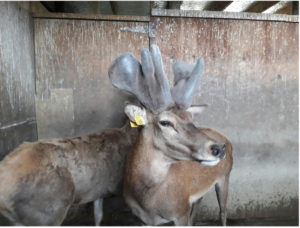 |
 |
 |
Graham Smith outlined the make-up of land-use in the Mackenzie District. With 740,000 ha and a population of 4,800 across three towns, this district has the third-smallest council in the country. Fourteen% of its GDP is generated by agriculture, including dairy, sheep and beef, and deer velvet and wool industries. Farming nevertheless is still considered the backbone of the region, with many farmers working to maintain sustainable systems in what is perceived to be a fragile environment.
Farming in the region is challenging, impeded by snow, wind, erosion and pests (such as rabbits). The disconnection between urban people and the farmers whose work they question is eroding farmer’s confidence.
The availability of water for irrigation in the Mackenzie District has allowed farming to be more viable. This has enabled farmers to develop their farms and increase their productivity, but it also has led to them focussing more on improving freshwater quality through zone committees and the monitoring and measurement of water quality.
Tourism in the Mackenzie District provides more income than dairy farming, a large proportion of the visitors coming from China. Tourism was estimated to bring in $42.7M of earnings from July 2018 to July 2019, but little of this income actually stays in the region. Furthermore, large visitor numbers are accompanied by a need to understand and better manage the district’s water, sewage and rubbish disposal. Tensions arise from having to accommodate farming, respect the environment and serenity, and achieve some reimbursement for the cost of tourism.
Karen Simpson,
Farmer, Balmoral Station, Tekapo
A farmer’s perspective on high country farming, tourism and land-use change
Karen Simpson talked about the challenges and opportunities she and her family have faced while farming 10,000ha at Balmoral Station. The farm is an inter-generational business, producing on land developed in the 1980s and 1990s, when interest rates soared and the business owed more than it owned. But with adversity comes opportunities and now the farm comprises a mix of dry land, freehold land, forestry and irrigated pasture. The family has diversified the business and now runs accommodation and events based out of the Mt John Homestead. The addition of tourism to the business has provided financial relief.
Ongoing legislation has not made farming a positive experience. But if farmers are driven from the land, pests and wilding trees will take over in the absence of effective land managers.
Karen’s family spends a significant sum each year on wilding pine management. She says this work that farmers provide in managing land resources needs to be acknowledged.
Every farming property has differing features and circumstances. Karen provided her perspective on her family’s farming operation in this talk.
Associate Professor Mick Abbott,
Faculty of Environment, Society and Design, Lincoln University
How big an impact is tourism having on New Zealand landscape management?
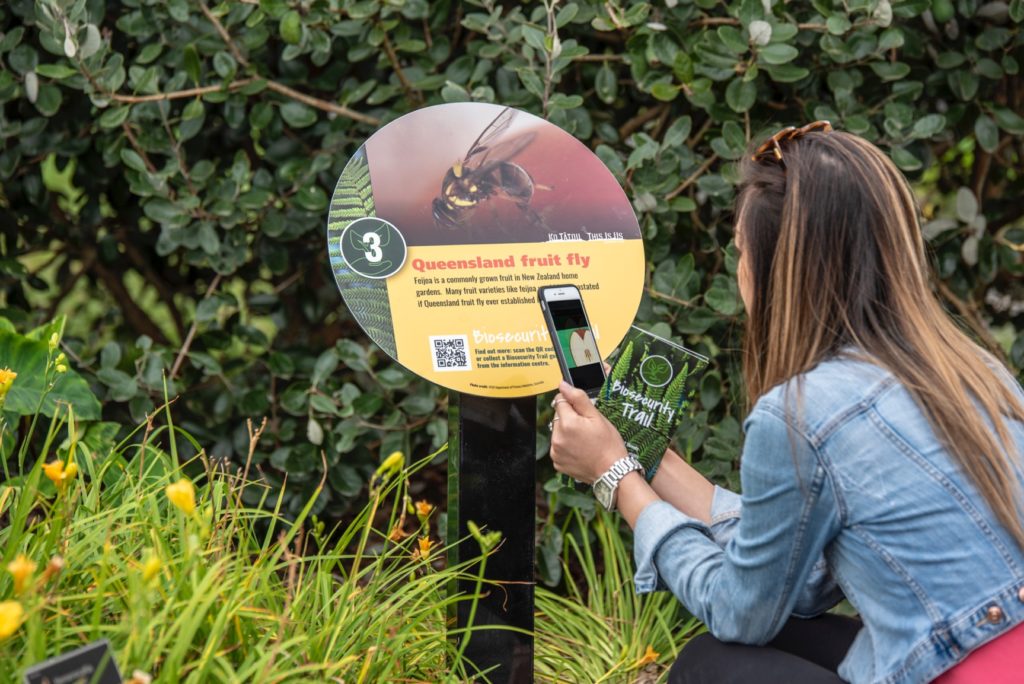 Mick Abbott discussed the size of the impact tourism is having on the New Zealand environment. Tourism management involves navigating both local and international pressures for land-use to secure access to walking, sight-seeing and tramping, as well as helicopter access and tourist parking. These different tourist activities result in different dilemmas in how the landscape is oriented to cater for tourists.
Mick Abbott discussed the size of the impact tourism is having on the New Zealand environment. Tourism management involves navigating both local and international pressures for land-use to secure access to walking, sight-seeing and tramping, as well as helicopter access and tourist parking. These different tourist activities result in different dilemmas in how the landscape is oriented to cater for tourists.
New Zealanders and tourists both value protecting the environment. There are opportunities for tourism to provide an experience of conservation as well as sight-seeing, with new planting becoming tourist attractions by connecting tourists to the environment. A key feature of these successes is the creation of a conservation hub in the place of visitor centres and finding ways to create combined food and nature experiences.
Dr Ann Brower,
Senior Lecturer,
University of Canterbury
Privatisation of public land and maintaining access
Ann Brower discussed the land tenure reform process from the 1990s and the division of freehold and conservation lands. Typically, land above 1,000 metres was placed in the conservation estate with access easements provided on the freehold boundaries to enable trampers and hunters access to the conservation land for recreation. A total 370,000ha have been conserved and 440,000ha converted to freehold land property rights. This freehold land can be on-sold by the farmer, resulting in pockets of more intensive land development.
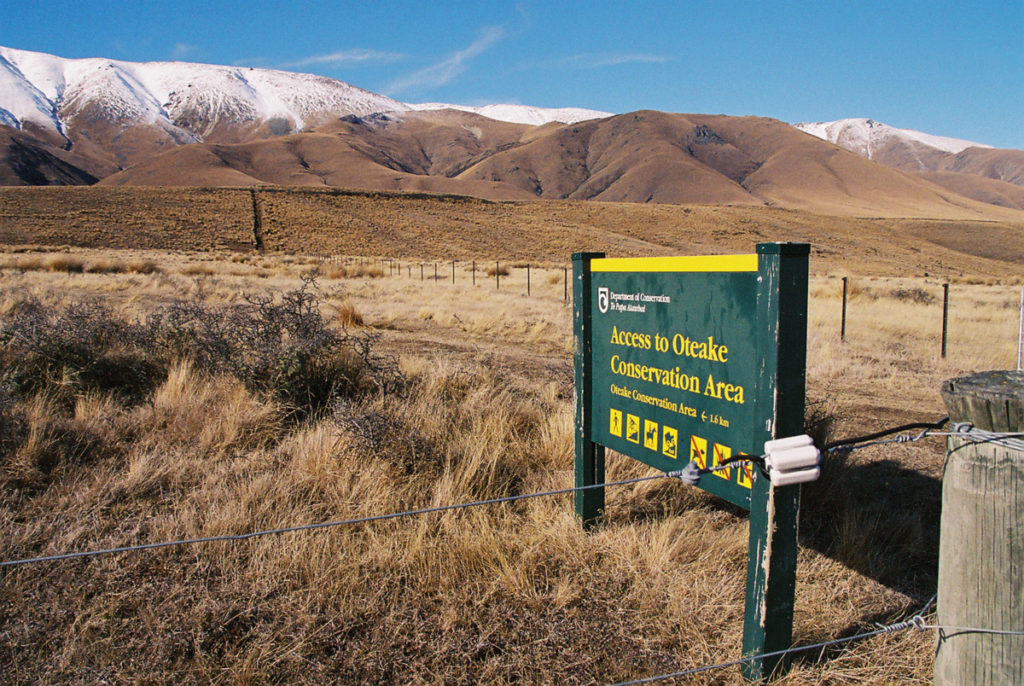
Freehold land has been on-sold for $275 million, 493 times the value of the crown-owned land.
Legislative reforms in 2019 focused on conservation and the protection of threatened environments and land with significant inherent value. However, property right transfers in the past have led to the intensification of the threat from land use in sensitive areas. Ann linked this intensification to the lack of regulations and resource management constraints.
Dr David Teulon,
Director, Better Border Biosecurity
Tourism-biosecurity risks and challengers for the land-based industries
David Teulon began his presentation by discussing the partnership that makes up the Better Border Biosecurity (or B3) initiative. The B3, made up of four Crown Research Institutes and the BioProtection Research Centre at Lincoln University, focusses on providing support and science-based solutions to reduce the rate of establishment of pests, diseases and weeds. These invasive species threaten New Zealand’s productive systems and have ramifications for the forestry, pastoral, horticultural and cropping sectors.
There is a significant economic impact from invasive species. Studies estimate the direct cost of a fruit fly incursion, for example, to be between $2 million and $430 million a year to the kiwifruit industry. There are also non-economic impacts associated with invasive species, such as environmental, cultural and spiritual impacts.
Tourism exacerbates the problem, with international tourists – and New Zealanders returning home – increasing the risk of the transfer of organisms into New Zealand. More than 3.8 million tourists a year enter by air travel (mainly into Auckland) and 220,000 by boat (mainly into Dunedin). This dispersed arrival into the country puts pressure on the biosecurity system.
There is an opportunity to engage with tourists (for example, the Auckland Botanic Gardens interactive biosecurity trail) and raise awareness of the threat that pests and diseases pose to this country’s land-based industries.
Allen Lim, Director, Jade Garden Produce
Opportunities and constraints for intensification of Canterbury farming: a horticulturist’s viewpoint
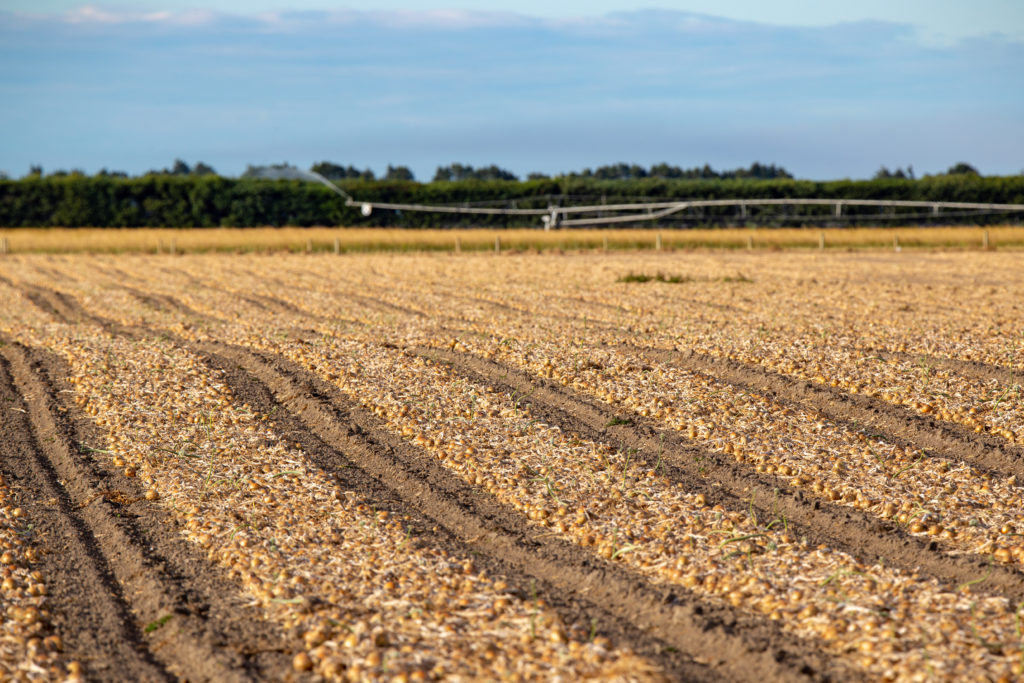 Allen Lim discussed the New Zealand horticulture industry’s market value and future goals. The industry is worth around $5.7 billion with plans to reach $10.8 billion by 2020. New Zealand sits outside the vegetable export belt globally, but vegetable-growing areas are threatened by global warming and climate change. Because of a high risk of water shortage across the globe, New Zealand is advantageously placed for the future.
Allen Lim discussed the New Zealand horticulture industry’s market value and future goals. The industry is worth around $5.7 billion with plans to reach $10.8 billion by 2020. New Zealand sits outside the vegetable export belt globally, but vegetable-growing areas are threatened by global warming and climate change. Because of a high risk of water shortage across the globe, New Zealand is advantageously placed for the future.
Allen outlined why Canterbury presents a promising opportunity to the horticultural industry. The region has an existing market and export businesses, the presence of irrigation schemes to enable land-use change and governance systems that can support the development of low-emission land-uses.
While there are significant opportunities for growth in this sector, there are constraints, too, such as the short shelf life of vegetables, limited growth potential in the domestic market and inhibiting regulations. These regulations are limiting the land area available for growers to rotate their crops because of the way nutrient values are calculated. Further work is required to invest in understanding preferred global markets and consumers and to understand what vegetables can be grown sustainably to match consumer demand.
Professor Pablo Gregorini, Livestock Production, Agriculture and Life Sciences, Lincoln University
Creating a ‘foodscape’ with our productive land
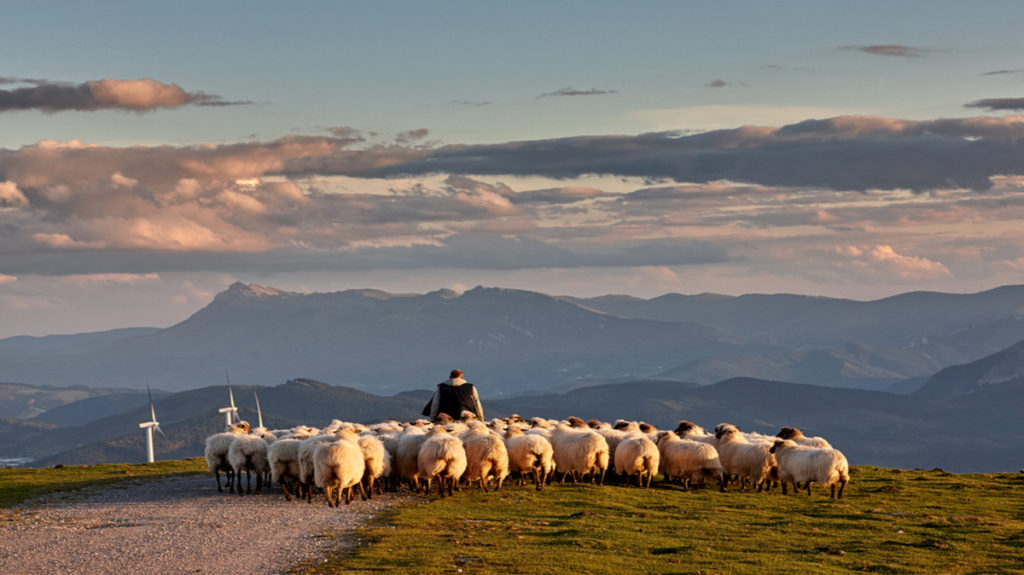 Pablo Gregorini began his presentation by highlighting the concept that “we are members of nature’s community, what we do to them we do to ourselves”. This notion implies that we need to enhance our ecosystem-societal services and create foodscapes with our productive landscapes.
Pablo Gregorini began his presentation by highlighting the concept that “we are members of nature’s community, what we do to them we do to ourselves”. This notion implies that we need to enhance our ecosystem-societal services and create foodscapes with our productive landscapes.
Perception is a key to creating a foodscape where people can gather and derive meaning from their food. It is the relationship a person has with their food and could be in the form of sustenance or could entail ethical or cultural meaning from the person’s surroundings.
Over time this relationship with food has changed, from hunter-gatherer societies to monoculture production and supermarkets, a development which removes people from the origins of their food. We should challenge existing ways of food production to embrace complexity and multi-functional landscapes, thus enabling healthy animals and environments to flourish.
Dr Tim Curran, Senior Lecturer in Ecology, Lincoln University
Managing fire risk in rural land
Tim Curran opened his presentation by describing some of the large wildfires that have occurred around the world. In New Zealand, 4,100 wildfires break out each year, burning around 5500 ha of forest and rural land. The risk of wildfires is predicted to get worse in the future, particularly in the eastern part of both the North and South Islands.
Green fire breaks are one tool to reduce the risk of a fire spreading. These fire breaks are strips of low-flammability vegetation established at strategic locations across the landscape to reduce fire spread. The use of fire breaks is widespread globally, but there is an opportunity in New Zealand to incorporate native species into our fire breaks.
Research into the relative flammability of New Zealand vegetation indicates low-fire risk species are broadleaf, tree fuchsia and ngaio, whereas high-risk species include turpentine bush, snow tussock and speargrass. Fire breaks have great potential as a multi-functional component of the rural landscape.
Chris Allen, National Board Member, Federated Farmers
Advocating for farmers as tensions arise around land-use
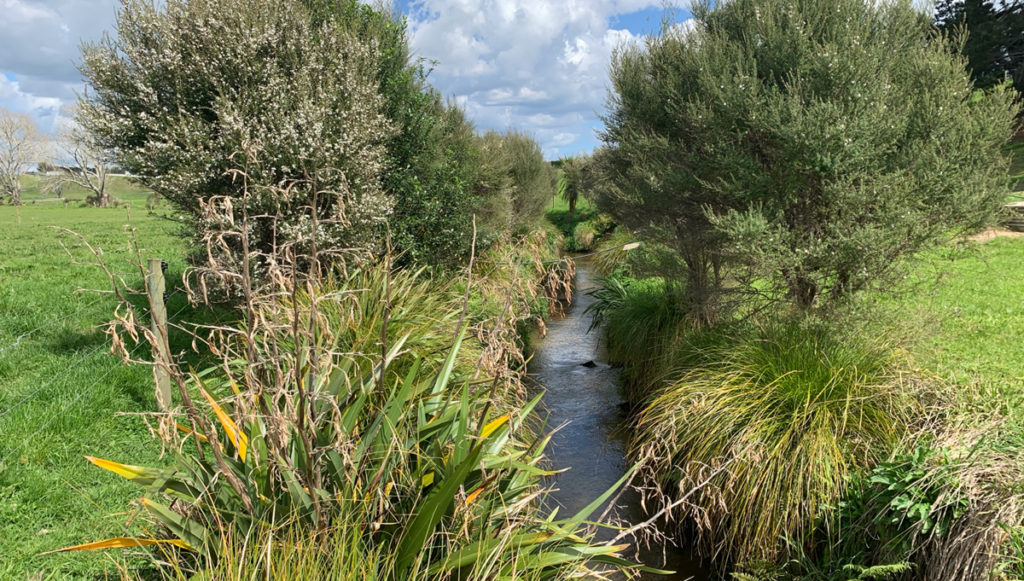 Chris Allen described the role of Federated Farmers to represent and support their 13,000 farming and rural businesses to sustainably produce food and fibre. Chris highlighted New Zealand farmers’ operating in a highly protected international market and said they need the Government’s help to support their industry and to ensure the policies and regulations introduced do not distort this country’s market position.
Chris Allen described the role of Federated Farmers to represent and support their 13,000 farming and rural businesses to sustainably produce food and fibre. Chris highlighted New Zealand farmers’ operating in a highly protected international market and said they need the Government’s help to support their industry and to ensure the policies and regulations introduced do not distort this country’s market position.
Attitudes of a new generation are driving change, leading to significant investment in environmental improvements. However, there is a lost connection between people and their food sources, particularly the urban population and the rural environment.
Social media provide opportunities as well as risks and there needs to be a balanced debate to prevent the spread of misinformation. Moving forward, we need to recognise partnerships between urban and rural people and work together to build on the past successes to achieve environmental outcomes.
Guy Salmon, Executive Director, The Ecologic Foundation
Can we balance competing interests to get a better future for everyone? The return of the good farmer
Guy Salmon discussed the balancing and integration of practices to achieve sustainable livelihoods. The main problem is not that farmers are bad, but that the institutions and incentives to change behaviour are not the right ones to achieve the most desirable outcomes.
Freshwater quality and climate change are the biggest drivers of change. Integration involves thinking of the economy as being nested in society, with the environment acting as the boundary. Understanding this nested reality and using it to inform behaviour enables a shift in power to a dialogue that incorporates social and environmental ethics in decision-making.
Guy highlighted the attributes of a “good farmer” as being accountable to the community, having long-term environmental and social commitments and being attuned to operating within environmental limits. Good farmers are innovators and have integrity and responsibility.
We need to use these values when developing institutions and incentives. Regulation needs to be robust enough to induce changes to land use, but it must avoid discouraging innovation. Institutions need to be reformed to deliver benefits through increased fairness and credibility.
Professor Derrick Moot, Agricultural Sciences, Lincoln University
Grazing land in New Zealand – a modified landscape that needs management
Derrick Moot sets out his ideas in the article HERE











